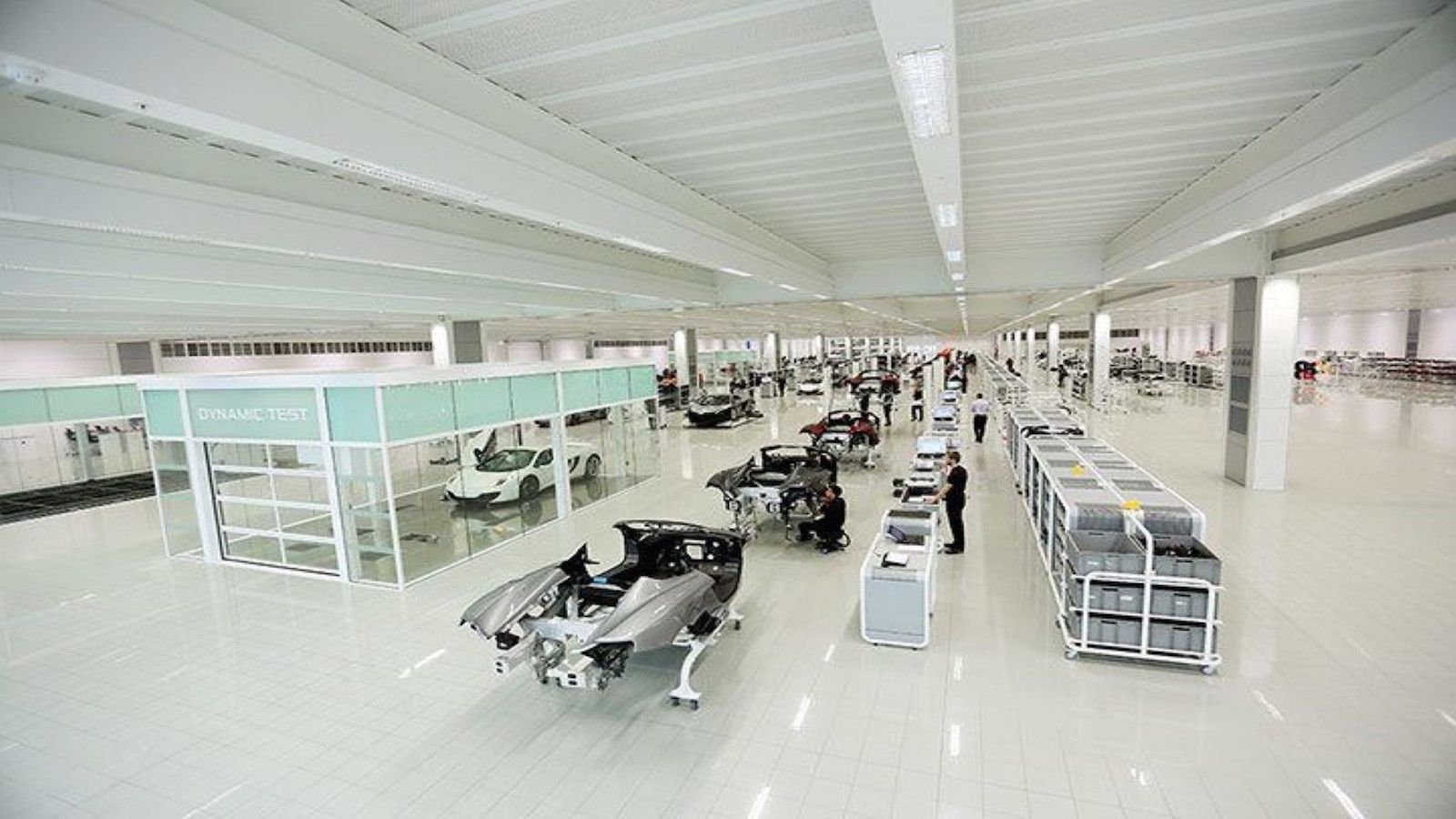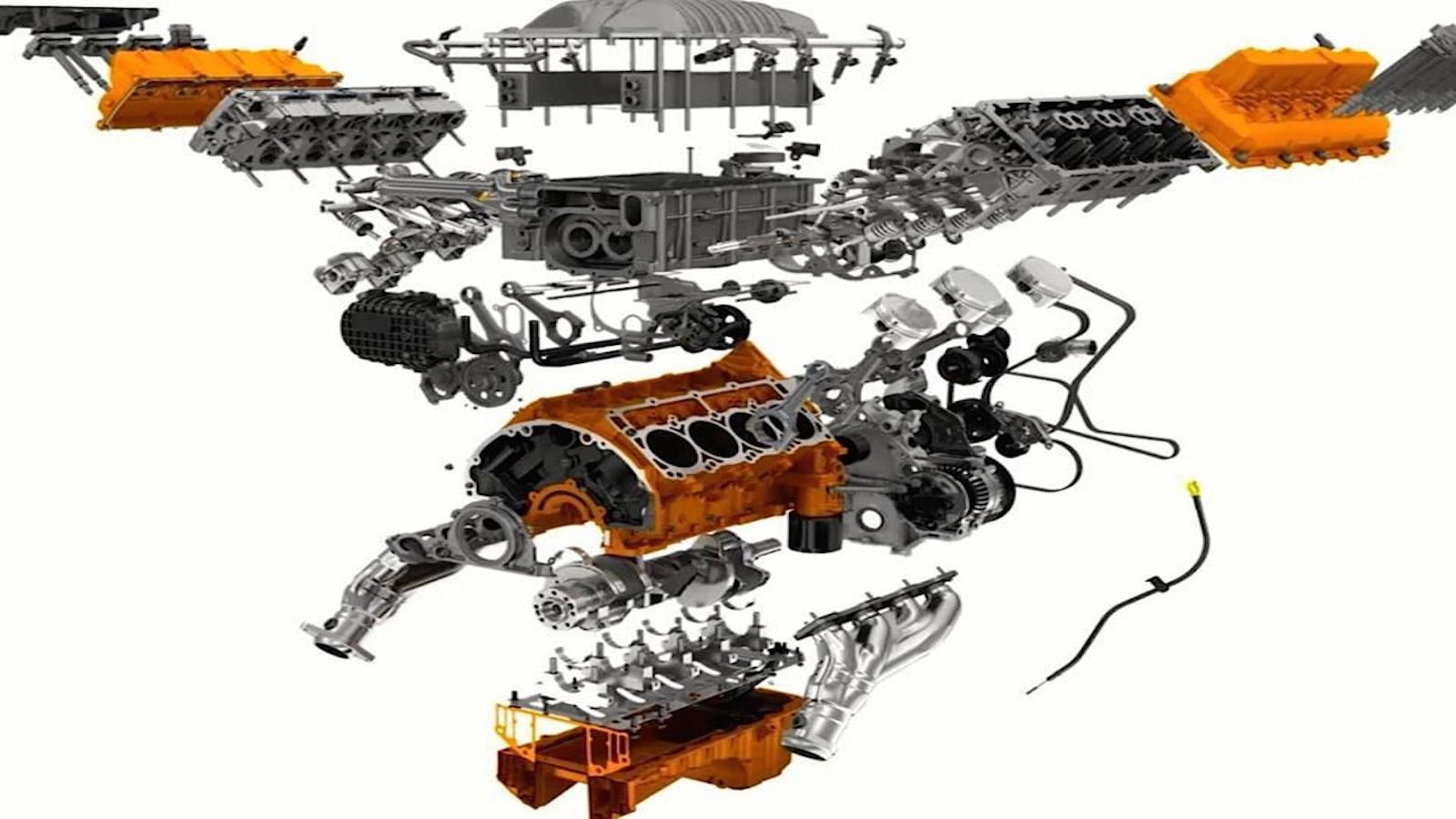What I Learned About Engine Building at NASCAR School
It’s not every day you get to assemble and dyno 700 horsepower engines. I got up close and personal with Chevy small blocks for 3 years at a tech school on the east coast building everything from engines to transmissions. These are a few interesting things that stuck with me years later.












Cleanliness is next to Godliness
Working in a sterile environment is not only a prerequisite, it’s a way of life for any serious engine builder. Watch any documentary about Mclaren, Honda or NASCAR and you will see a floor so clean you could eat your lunch off of it. You don’t assemble anything critical to an automobile in a dirty environment. Nissan’s GT-R motors are hand built and assembled in a hermetically-sealed lab for a reason.
Engines are over glorified air pumps
As technical as you can get about an engine, it’s important to remember they are nothing but air pumps. Everything in an engine is designed to move high volumes of air and that’s about it. Simplifying the way you think about a motor can help greatly in understanding the fundamentals and how power is produced.
Everyone loves valve jobs
Air flow is incredibly important in a cylinder head and doesn't like to bend too much. A valve job refers to the cutting and shaping of a valve and its seat to help air flow more efficiently into the cylinder. This is one of the black arts of engine building and results in noticeable power gains when done correctly.
Valve over lap
Valve over lap occurs between the exhaust stroke and the intake stroke when both valves are open. A critical phase of the performance engine, it helps dirty air that was just used for combustion to be fully extracted out of the cylinder. It also helps to draw in a little bit of fresh air before the intake stroke begins. This is called cylinder scavenging. Race cars can have huge amounts of over lap!
Replacing displacement
There really is no replacement for displacement when it comes to making massive power in an engine. Having said that, it is ridiculous to think because an engine is small that it is incapable of face melting speed. Using exotic fuel can boost the power of a motor to incredibly high levels. Formula 1 turbocharged cars of the past were capable of making over 1,000 horsepower from 1.5-liter four cylinder engines. The next time you hear someone insult a 4 cylinder motor you can kindly remind them of this fact.
Was it worth it?
The school covered way too many topics to fit into 1 article, but it was definitely worth the money and experience. Assembling various systems for months on end and then dyno tuning race motors wasn’t a bad way to wake up for class each day. I've taken what I learned into racing and it provided me with a lot of career opportunities. If you are serious about cars, then a tech school is a great way to learn and further your career!
For help with service of your car, check out the how to section of CorvetteForum.com
